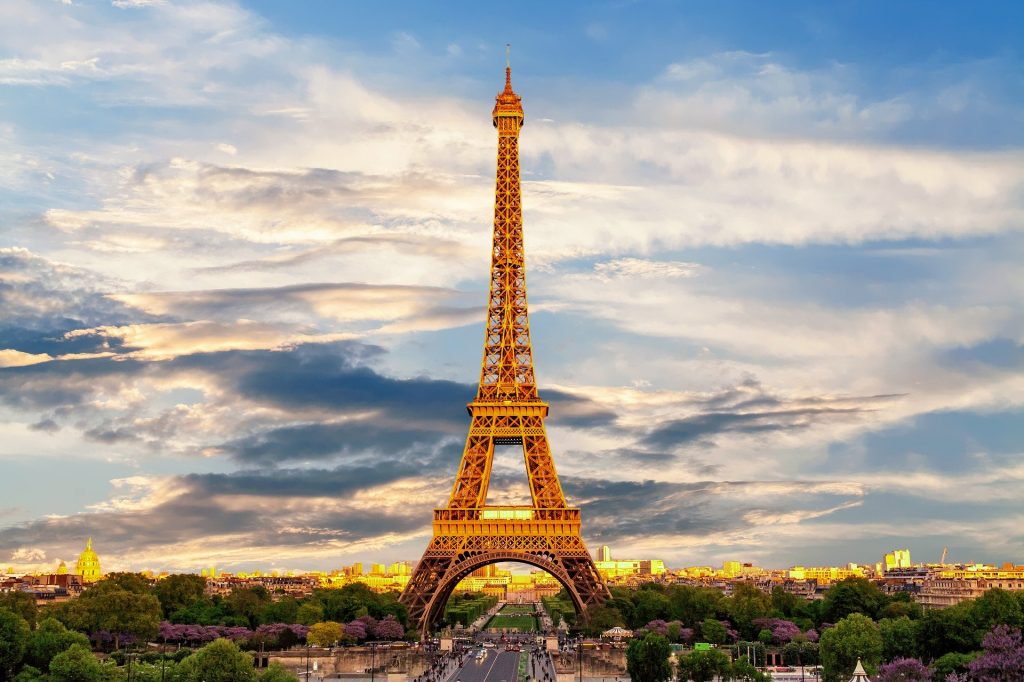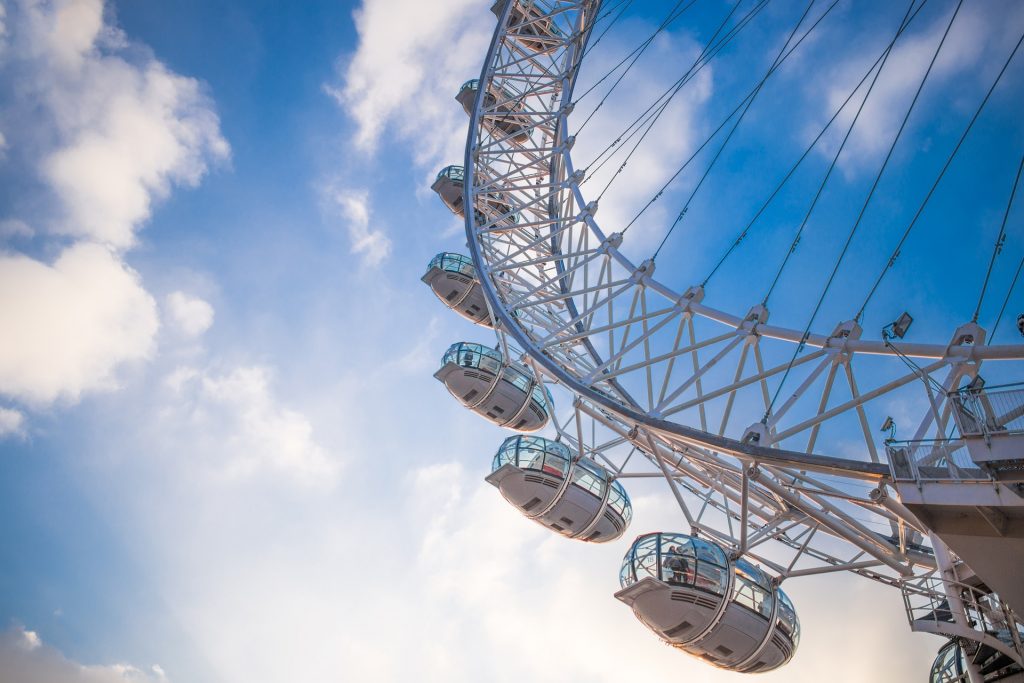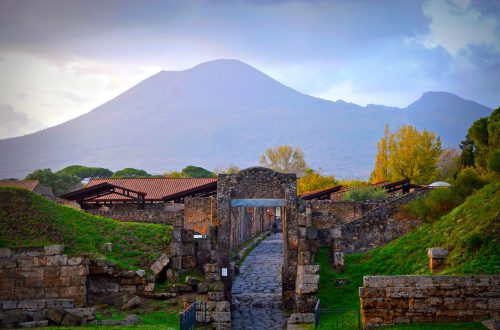
1889 World’s Fair
Since it’s summer vacation for me, I decided it would be a great time to go back and read some classic books that I read in elementary school. I’m adding to my classroom library now that I am teaching a new grade next year, and I recently bought some of Mary Pope Osborne’s classic books, Magic Tree House.
Since they’re such good reads, I’ve been reading and looking up some of the things that are in the book. The book in the series that I just read, Night of the New Magicians, is about the World’s Fair in Paris, France. It was so interesting that I decided to write a post about my findings.
In 1889, Paris hosted a World’s Fair to celebrate the 100th year anniversary to the French Revolution. A contest was held for a structure to be built at the entrance of the fair, and over 100 artists submitted proposals. The plan that was chosen was Gustave Eiffel’s.

Eiffel Tower
For over forty years, the Eiffel Tower was the tallest structure in the world, passing up the previous tallest structure–the Washington Monument–when it was built in 1889. The Eiffel Tower was built by Alexandre-Gustave Eiffel for the World Fair that took place in Paris in 1889.
With the structure towering at 1,063 feet, it attracted almost two million people during the World’s Fair. Since it was built before the invention of planes, it allowed for people to see a different view of the city.
The Eiffel tower was built to stand for only twenty years, after which a crew was supposed to come and take down the structure. With the tower being used as a telegraph transmitter, the city decided to keep it after the permits expired.
Aside from being the tallest monument at the time, the Eiffel Tower was also useful. The structure intercepted enemy communication in WWI, and allowed time for emergency troops to be sent for backup.
In WWII, Hitler ordered for the structure to be torn down, but was refused. After escaping almost being torn down more than once, the Eiffel Tower is still standing today, and it has inspired multiple other structures that have been built since then.
World’s Fair History
The more that I read, the more interested I got in the history of the World’s Fair–how and when it started and how often it occurred, so I started reading about the history of the event.
The First World’s Fair
The first World’s Fair was held in 1851 in London, England. It took place because Prince Albert–Queen Victoria’s husband–had an understanding of the importance of showcasing England to other nations. The idea was to promote trade and sales of English products to other countries.
The fair showcased inventions and technologies, and was used to share ideas between different countries. At the first fair, some of the displays included an early version of the fax machine and the world’s largest diamond.
The Crystal Palace was constructed to show off modern architecture, and it housed the exhibition. It was taken apart and rebuilt in another location after the fair concluded, where it stood until it was taken down in 1936.
The first World’s Fair laid a foundation for the fairs that followed, and are still going on today.

The Three Eras of World Fairs
Since 1851, the World’s Fair has evolved. The fairs can be split into three different eras.
Industrialization
The first era of the World’s Fair were to share different inventions and developments in technology with other nations. Growth in technology and trade was the main focus, and it was a great way to come together and share ideas. This era took place from 1851-1934. Here were some of the World’s Fairs that were held in this era:
- 1851 London, England
- 1853 New York, United States
- 1862 London, England
- 1876 Philadelphia, United States
- 1889 Paris, France
- 1893 Chicago, United States
- 1897 Brussels, Belgium
- 1900 Paris, France
- 1901 Buffalo, United States
- 1904 St. Louis, United States
- 1915 San Francisco, United States
- 1933-1934 Chicago, United States
Cultural Exchange
The next fair happened in 1939-1940 in New York City. The main purpose of the fair shifted when countries started using the fair as an opportunity to share cultures. From then on, countries started sharing human progress as well as technological progress. This era went from 1939-1986. Here were some of the fairs held in this era:
- 1939 New York, United States
- 1947 Paris, France
- 1951 Lille, France
- 1954 Naples, France
- 1957 Berlin, Germany
- 1958 Brussels, Belgium
- 1961 Turin, Italy
- 1962 Brussels, Belgium
- 1965 Munich, Germany
- 1971 Budapest, Hungary
- 1984 New Orleans, United States
- 1986 Vancouver, Canada
Nation Branding
The next and current era of World’s Fair is called the nation branding era. Starting with the 1988 World’s Fair in Brisbane, Australia, countries started to use the fair to improve their nation’s image. Here were some of the fairs that took place during this era:
- 1988 Brisbane, Australia
- 1991 Plovdiv, Bulgaria
- 1993 Taejon, South Korea
- 1998 Lisbon, Portugal
- 2000 Hannover, Germany
- 2010 Expo in Shanghai, China
- 2012 Expo in Yeosu, South Korea
- 2015 Expo in Milan, Italy
Human Zoos
One of the darker sides of the World Fair are human zoos. Human zoos were part of the World’s Fair exhibits, only instead of sharing inventions, people from other countries were on display.
The exhibits that displayed people were supposed to show people from western countries what life was like in other countries, and the idea of it itself would be acceptable. What made it disturbing was that real people were used for the displays. Some of those people were taken from their countries and forced into the exhibits.
Cultures that were on display were often misrepresented. Africans were compared to apes, and in one fair, an indigenous group from the Philippines were forced to kill dogs and eat them every day as a show. Though eating dog was part of their culture, it was a ceremonial activity and thus misrepresented in the display.
Luckily, the human zoos were eventually considered “distasteful” and no longer play a part in the World Fairs.
The Next World Fair
Since the first fair, there have been over 100 World Fairs in 20 different countries. Cities can bid to host the World’s Fair, and applications are already out to hose exhibitions as far as ten years from now. If you are interested in that process, you can find out more here.
The next World Fair was set to be held in Dubai this year, but the dates have been changed. The new dates for the Dubai World Fair are October 2021-March 2022. If you are interested in attending, here is the link for the ticket website.

Learn More
I really enjoyed researching this topic. I wanted to include my sources in case anyone wants to do some more reading on the topic: The Local, History, World’s Fair, Arthur Chandler, Encyclopedia Britannica, My Modern Met, The World’s Fair, Villanova University, Human Zoos. Happy Learning!





